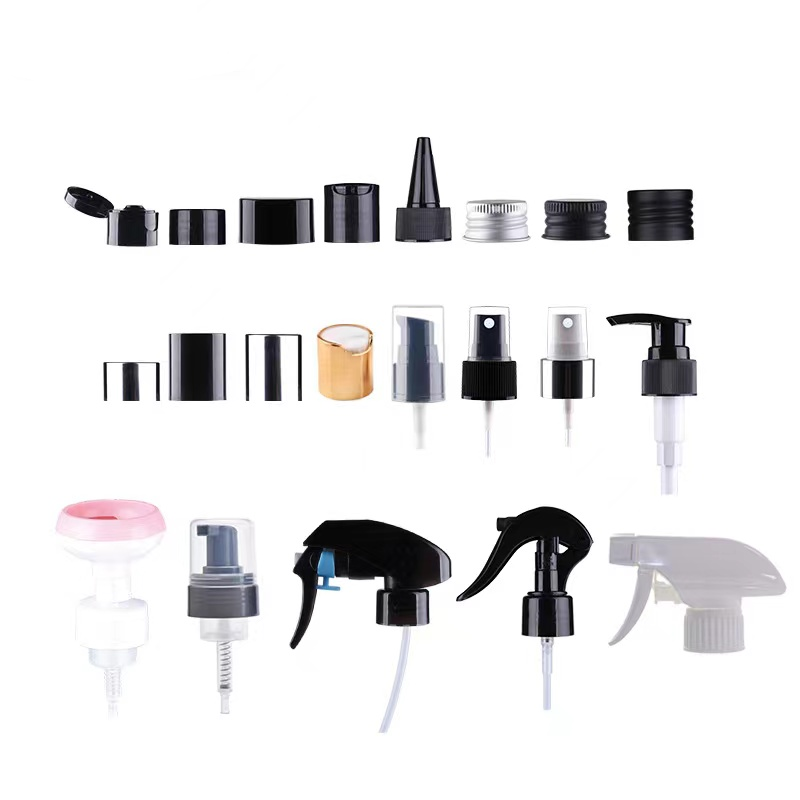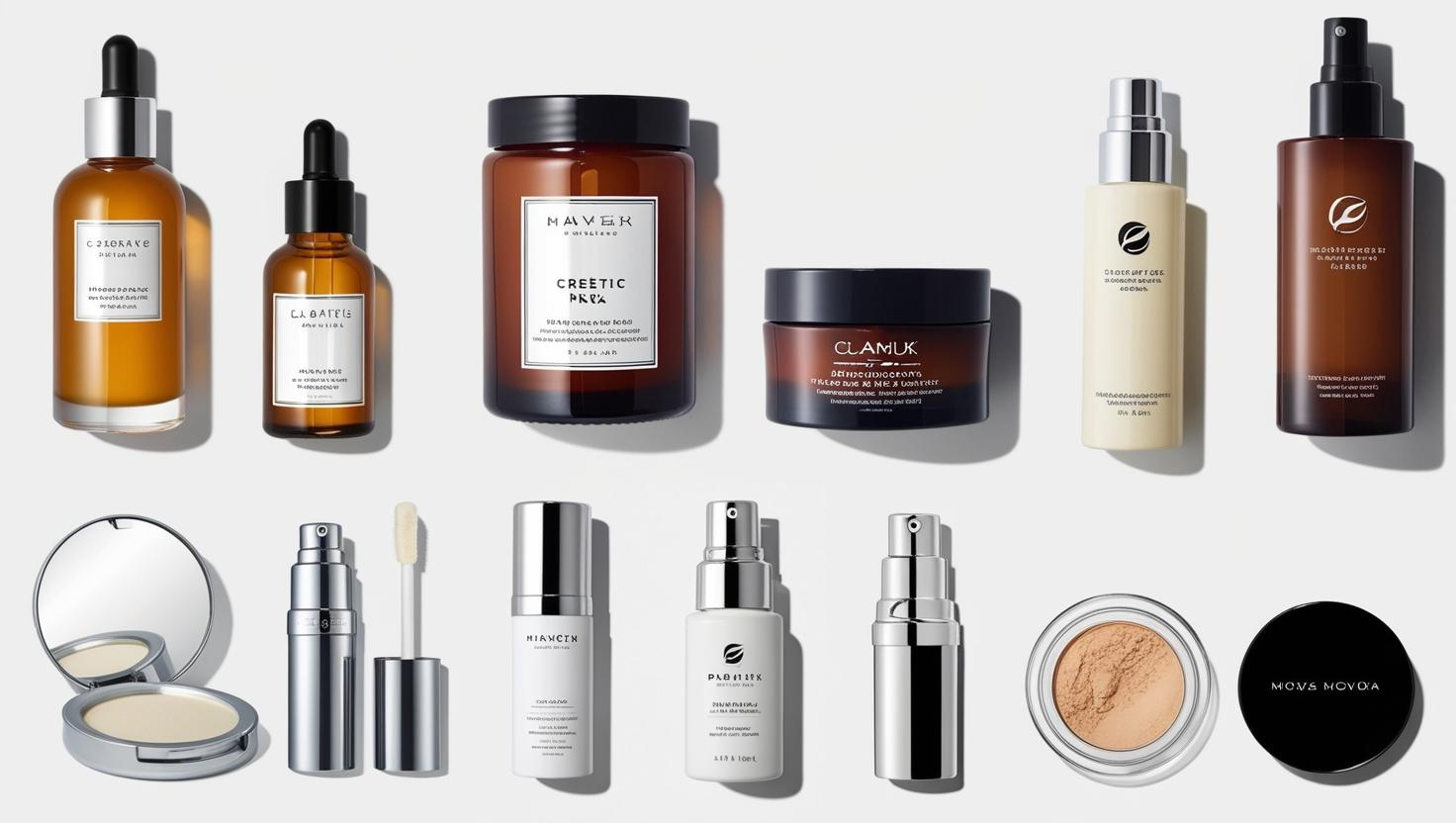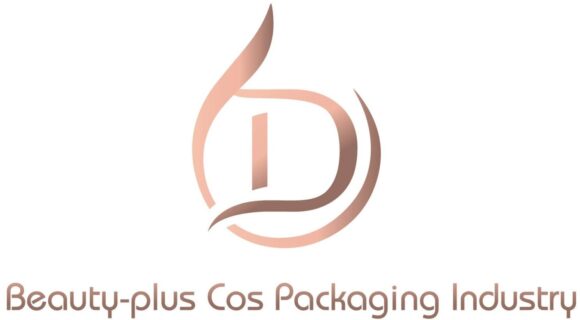
It’s not just what’s inside the bottle that matters—it’s how you close it.
Bottle closures include caps, pumps, droppers, and sprayers, each serving different functions based on product type and user experience.1
I once worked with a skincare brand that lost customers—not because of their formula, but because their cap leaked during shipping. That’s when I realized: closure matters just as much as the container.
What Are Cosmetic Products Closures?
Cosmetic product closures refer to the various types of caps, pumps, sprayers, and lids used to seal skincare and beauty containers. They are essential for protecting the formula, preventing leakage, and enhancing user experience.
The type of closure used can significantly affect the shelf life, appearance, and usability of the product. A poorly fitted closure can cause contamination or product waste—so choosing the right one is critical for any cosmetic brand.
How Many Types of Closures Are There?
Closures may seem small, but the variety is big.
There are over 10 major types of bottle closures, including screw caps, snap-on caps, pumps, sprayers, droppers, flip-tops, and more.2
Most common closure mechanisms:
- Screw caps
- Snap-on caps
- Dispensing pumps
- Mist sprayers
- Dropper caps
- Flip-top lids
- Twist-lock caps
- Tamper-evident seals
| Closure Type | Common Use | Pros | Best For |
|---|---|---|---|
| Screw Cap | Cream jars, bottles | Easy to manufacture, cheap | Mass-market skincare |
| Lotion Pump | Liquid lotion, shampoo | Controlled output, hygienic | Face/body lotion |
| Dropper | Serum bottles | Precision dosage | Face serums, essential oils |
| Flip-top Cap | Tubes, travel packaging | One-handed use, safe | Cleansers, travel-size items |
| Mist Sprayer | Toner, facial spray | Fine mist application | Hydrating toners, mists |
Some closures are universal, others are tailored to specific product needs like thickness or hygiene sensitivity.
What Are the Different Types of Bottle Caps?
A cap isn’t just a cap—it’s a design choice.
Bottle caps include flat caps, dome caps, disc tops, flip tops, twist caps, and child-resistant caps, often used to control dispensing or protect contents.3
Cap styles and their uses
| Cap Type | Feature | Common Use |
|---|---|---|
| Flat cap | Simple screw-on | Shampoo, lotion |
| Disc top | Press to dispense, click to close | Conditioner, body wash |
| Flip top | Hinge cap, one-hand use | Face wash, hand cream |
| Dome cap | Rounded look, sleek design | Skincare, essential oils |
| Twist cap | Twist-open, twist-close | Serum, eye drops |
| Child-resistant | Push-and-turn lock mechanism | Pharmaceuticals, CBD oils |
What’s the Advantage & Disadvantage?
Every closure has a trade-off.
The best closure depends on your priorities: ease of use, safety, cost, or style. Some are better for travel, while others are ideal for luxury products.4

Pros and cons of common closures
| Closure Type | Advantages | Disadvantages |
|---|---|---|
| Screw cap | Easy to produce, cost-effective | May leak if not tightly sealed |
| Pump dispenser | Great for lotions, mess-free | Not ideal for thick or tiny volume |
| Flip top | One-hand use, consumer-friendly | Hinge may weaken over time |
| Dropper cap | Controlled application for serums | Slower dispensing, fragile glass tube |
| Airless pump | Protects sensitive formulas from air | Higher cost, bulkier design |
Considerations When Choosing Bottle Caps
Closures aren’t one-size-fits-all—they need to work for your product and your customers.
When selecting a cap, consider product texture, user convenience, safety, sealing ability, and cost.5
Key factors to evaluate
- Viscosity: Thicker products need wider openings or pumps
- Hygiene: Airless options or sealed caps for skincare
- Leak prevention: Especially important for travel-size bottles
- Branding: Cap style influences shelf appeal
- User experience: Is it easy to open, especially with wet hands?
FAQ: Cosmetic Closures
Q: Why are closures important in cosmetic packaging?
A: They preserve product integrity, prevent leakage, and affect user experience.
Q: Can I customize closures with my logo?
A: Yes! Most closures can be customized with embossed logos, silk printing, or color matching to fit your brand.
Q: Are airless closures better for skincare?
A: Airless pumps protect formulas from oxidation and are ideal for high-end skincare or natural cosmetics.
📲 Looking for the right cosmetic closures for your packaging?
👉 Click below to chat directly with our packaging advisor!
Conclusion
From pumps to press tops, choosing the right bottle closure protects your formula and shapes how customers experience your product.
-
Overview of the different bottle closures used in cosmetic and personal care packaging. ↩
-
Explore detailed types of packaging closures and their applications in the beauty industry. ↩
-
Learn the difference between screw caps, disc tops, flip caps, and more. ↩
-
Understand the pros and cons of common closures and how they affect product performance. ↩
-
Tips on how to choose the right bottle closure for your product based on functionality and branding. ↩


